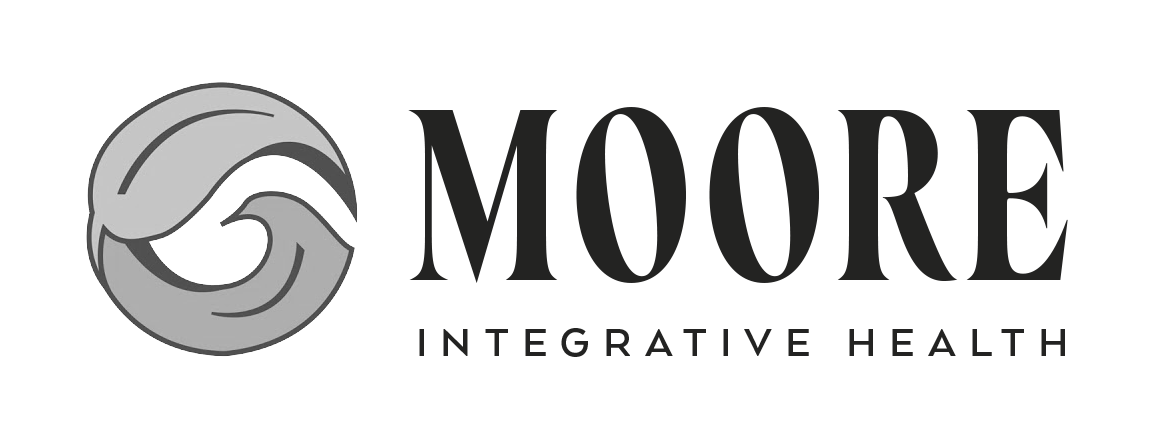Nourishing Your Body and Mind: Nutrition for HPA Axis Dysregulation
The hypothalamic-pituitary-adrenal (HPA) axis is a complex system that plays a pivotal role in regulating our body's response to stress. When this delicate balance is disrupted, it can lead to a host of health issues, both physical and mental. The good news is that nutrition can be a powerful ally in supporting the HPA axis and restoring equilibrium. In this comprehensive guide, we'll explore the intricate connection between nutrition and HPA axis dysregulation, offering insights, practical tips, and a call to action to schedule a free 15-minute consultation to learn more about how you can nourish your body and mind.
Understanding the HPA Axis
Before we dive into nutrition, let's build a foundation by understanding the HPA axis.
The HPA Axis Unveiled
The HPA axis consists of the hypothalamus, pituitary gland, and adrenal glands, working in concert to manage stress responses, metabolism, and more.
Stress Response and Dysregulation
A well-functioning HPA axis responds appropriately to stressors and returns to baseline. Dysregulation occurs when the axis malfunctions, leading to chronic stress and related health issues.
The Impact of Nutrition
Nutrition is the cornerstone of our health, and it can significantly influence the HPA axis.
Nutrient Building Blocks
A balanced diet provides essential nutrients that support the proper functioning of the HPA axis, such as vitamins, minerals, and healthy fats.
Blood Sugar Regulation
Balanced blood sugar levels are crucial for HPA axis health. Nutrition can help stabilize blood sugar, reducing stress on the system.
The Gut-Brain Connection
The gut microbiome plays a role in HPA axis regulation, and nutrition can influence gut health.
Foods that Support HPA Axis Health
Certain foods can be particularly beneficial in nourishing the HPA axis and promoting resilience to stress.
Complex Carbohydrates
Whole grains, legumes, and vegetables provide steady energy, stabilizing blood sugar levels and reducing stress.
Omega-3 Fatty Acids
Fatty fish, flaxseeds, and walnuts offer omega-3 fatty acids that support brain health and stress response.
Adaptogenic Herbs
Adaptogens like ashwagandha and rhodiola can help the body adapt to stress and reduce HPA axis overactivity.
Foods to Limit or Avoid
While some foods can support the HPA axis, others can exacerbate dysregulation.
Caffeine
Excessive caffeine consumption can overstimulate the HPA axis, leading to increased stress responses.
Processed Sugars
Highly processed sugary foods can cause blood sugar spikes and crashes, straining the HPA axis.
High-Sodium Foods
Excess sodium intake can disrupt the balance of electrolytes in the body, potentially affecting the HPA axis.
Meal Planning for HPA Axis Health
Creating a balanced meal plan can be a strategic approach to nourishing your body and mind.
Balanced Macronutrients
A balanced diet includes a combination of carbohydrates, proteins, and fats to provide steady energy and minimize stress on the HPA axis.
Regular Meals
Eating regular, balanced meals helps stabilize blood sugar levels and supports the HPA axis in managing daily stressors.
Stress-Reducing Nutrients
Certain nutrients play a specific role in reducing stress and promoting HPA axis balance.
Magnesium
Magnesium is known for its calming effects and can help reduce stress responses. Magnesium glycinate is a great option.
B Vitamins
B vitamins, particularly B5 and B6, are crucial for adrenal function and stress management.
Vitamin C
Vitamin C is an antioxidant that can help combat the effects of stress on the body.
Practical Strategies for a Balanced Diet
To implement these nutritional recommendations, practical strategies can be beneficial.
Meal Preparation
Planning and preparing balanced meals in advance can help you make better food choices and reduce stress.
Mindful Eating
Practicing mindfulness during meals can help you make healthier choices and reduce emotional eating.
Hydration
Proper hydration is essential for overall health and can support the body in managing stress. Aim to drink half your body weight in ounces.
Conclusion
In conclusion, the connection between nutrition and HPA axis dysregulation is profound, offering an opportunity for proactive self-care and improved well-being. By understanding the impact of diet on stress response and HPA axis health, you can take steps to nourish your body and mind.
Are you interested in learning more about how nutrition can support your HPA axis health? We invite you to schedule a free 15-minute consultation with our expert team. Together, we can explore personalized strategies and solutions that align with your unique needs and goals. Take the first step towards a healthier, more balanced life by prioritizing your nutrition and well-being.

